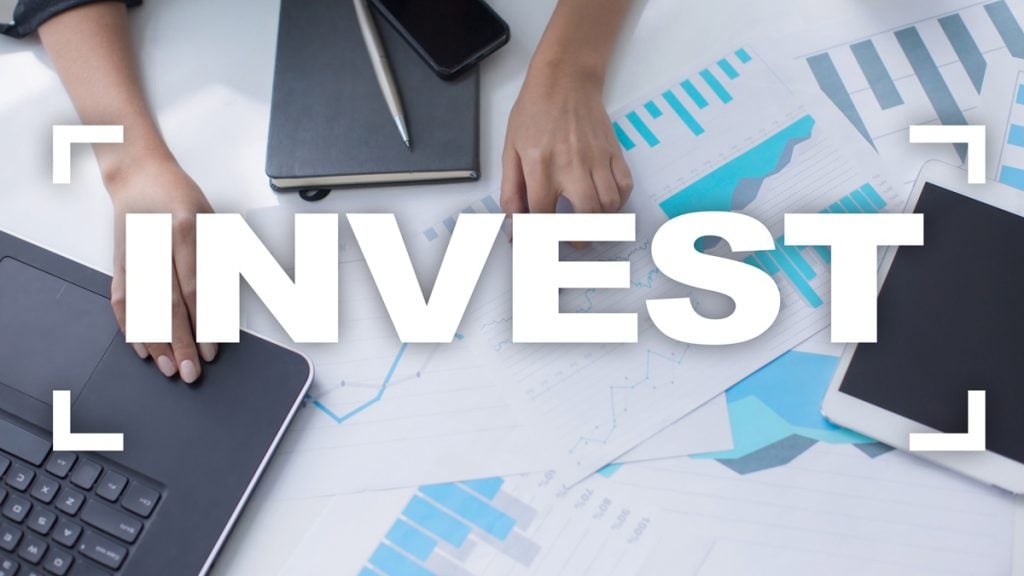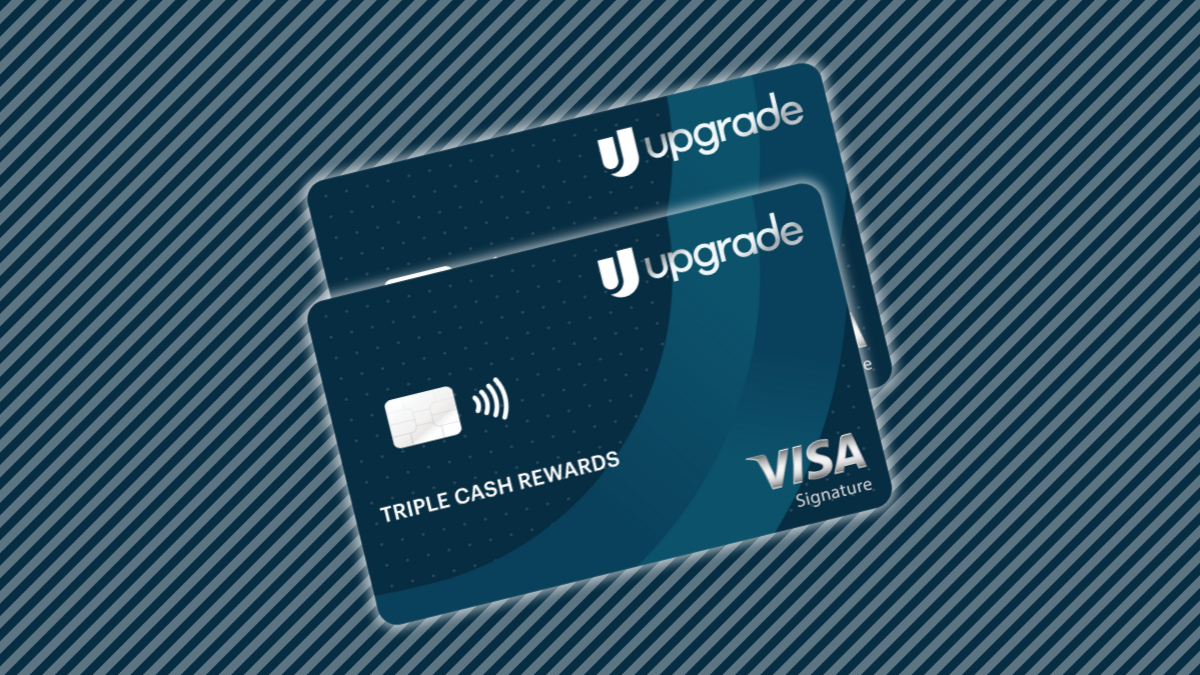Investments
Start today investing in Canada: an easy guide for beginners
Find out how to start investing in Canada. Learn the basics, where to invest and why it's a great option for most people. We will help you learn how to invest and show you the different types of investments available for Canadians.
Advertisement
Understand how to start investing money in Canada easily with our tips

Are you interested in learning how to start investing in Canada? If so, you’ve come to the right place! In this post, we’ll walk you through the basics of getting started in the world of Canadian investing. We’ll cover everything from picking the proper investment account to understanding your risk profile. By the end of this post, you’ll be ready to start your own investment journey!
When most people think about investing, they might picture Wall Street executives and millionaire business owners. But the truth is, anyone can invest, regardless of their income or net worth.
But what does “investing” mean? Well, investing is simply the act of committing money to an endeavor with the expectation of making a financial gain down the road. Whether you’re saving for retirement or just looking for a way to boost your income, investing can be a great way to grow your money.
When it comes to investing, it’s essential to have specific goals in mind. Whether you’re looking to save for a rainy day or are aiming for long-term financial stability, setting measurable goals will help you stay on track. It’ll be easier to make informed decisions about where and how you invest your money when your goal is clear.
So, before you start thinking about stocks and shares, sit down and figure out what you want to achieve. Only then can you begin laying the foundations for a successful investment strategy.

What is a hybrid line of credit?
Do you know what a hybrid line of credit is? Learn what it means with our comprehensive 101 guide.
Financial Terms
To get you started, here are some important financial terms you should get acquainted with before putting your money to work.
You will be redirected to another website
You’ll receive messages for less than 1 week, with a maximum of 1 message per day. You can unsubscribe anytime by replying STOP. By submitting this form, I confirm that I am 18+ years old and agree to the Privacy Policy and Terms and Conditions. I also provide my signature, giving express consent to receive informational messages via automated emails, SMS, MMS text messages, and other forms of communication. Message frequency may vary as part of our good-faith effort to respond to your inquiry. Message and data rates may apply. Text STOP to cancel. I understand that my consent to receive communications is not a condition of purchase and that I may revoke my consent at any time.
Assets
One of the most important things to understand is what makes up an asset when it comes to investing. In general, anything that has the potential to provide you with future income or capital gains is considered an asset. This can include stocks, bonds, real estate, and more.
Diversification

Diversification is one of the most essential concepts in investing. It simply means not putting all your eggs in one basket. By diversifying, you spread your risk around and reduce the chances that you’ll lose money if one investment goes bad.
There are many different ways to diversify, and it’s important to find a mix that fits your personal goals and risk tolerance. Diversification is key to building a solid investment portfolio.
Portfolio
A portfolio is a collection of different types of investments that are chosen for their potential to grow in value over time. Usually, a portfolio is made of stocks, bonds, and other assets like real estate or commodities.
By diversifying your investment holdings, you can reduce your risk if one type of investment should lose value. Portfolios offer investors an opportunity to grow their money while taking on less risk than if they invested in just one type of asset.
Mutual Fund
A mutual fund is a financial intermediary that pools money from many investors and invests it in stocks, bonds, and other assets. Mutual funds offer investors several advantages, including diversification, economies of scale, and professional management. In the world of investments, mutual funds are one of the most popular ways to invest your money.
A complete guide on how to start investing in Canada: read and learn today

Now that you know the critical investment terms for investing in Canada, it’s time to get started. Keep reading for a quick step-by-step on how to take that first step towards a better financial future!
How much are you willing to invest?
First, sit down and figure out what you can afford to invest. Don’t overreach and try to invest more than you’re comfortable with; remember, you don’t want to put yourself in a position where you’ll be forced to sell your investments if the market takes a turn for the worse.
Evaluate the risks
When it comes to investing, you always want to make sure that you take all of the necessary precautions. After all, you don’t want to lose any of your hard-earned money! One way to help protect yourself is by evaluating the risks associated with each investment. By doing so, you can figure out which investments are suitable for you and which ones to stay away from.
Allocate the assets
To make the most of your money, it’s essential to understand what asset allocation means. This term refers to how you divvy up your investments among different categories, such as stocks, bonds, and cash. Determining an appropriate asset allocation for your needs can be tricky, but it’s well worth the effort!
By exploring various options and weighing the risks and rewards associated with each, you can create a portfolio that will help you reach your financial goals.
Choose your involvement
Next, you can choose between active or passive investments, which will determine how involved you are with your assets.
A passive investment is something you can do to make money without doing a lot of work. Many people invest in stocks, and while this can be a great way to make money, it also requires a lot of dedication. With a passive investment, you buy some shares in a company and then let the company do all the work for you.
While there are some risks associated with passive investments, they can be a great way to make money without too much effort on your part.
But if you want to take action, maybe active investments will suit you better. Active investment is the type where the investor takes an active role in choosing and managing the investments. It requires more time and effort than a passive investment but can provide greater returns if done correctly.
There are several different types of active investments, so it’s essential to understand what each one entails before deciding if this is the right path for you.
Now that you know what it takes to start investing in Canada, check the link below to learn about what a bear market is and how you can prepare for it!

Bear market: what is it in investing terms?
Learn what bear market means and what you should do to prepare for it!
Trending Topics

Apply for Job Vacancies at Whole Foods Market: amazing benefits!
Apply for job vacancies at Whole Foods Market and join the renowned healthy supermarket chain. Follow easy steps to submit your application!
Keep Reading
Earn Big Rewards: Apply for Pelican Points Visa
Get straightforward instructions to apply for the Pelican Points Visa! Earn points on every purchase and make the most of your money!
Keep Reading
ELFI Student Loan review: is it worth it?
Read our ELFI Student Loan review and find out if it is worth it. Up to 100% coverage and flexible rates! Stick around and learn more.
Keep ReadingYou may also like

Achieve Personal Loan (formerly FreedomPlus) review: is it worth it?
Read our Achieve Personal Loan review and learn more about this lender's services! Borrow up to $50,000 for multiple purposes!
Keep Reading
Upgrade Triple Cash Rewards Visa® Credit Card Review
The Upgrade Triple Cash Rewards Visa® Credit Card has an excellent performance, with good cashback rates. It will optimize your money.
Keep Reading
Job Alert: Apply Now to Join the Jaggers Team!
Here's your guide to apply for a job at Jaggers: we'll cover the application process and give you all the essential info. Keep an eye out!
Keep Reading